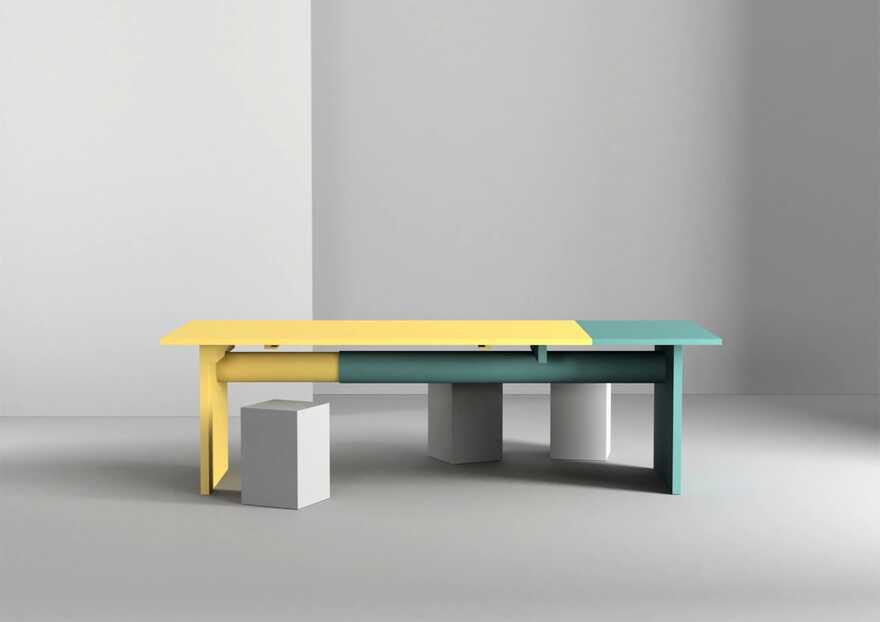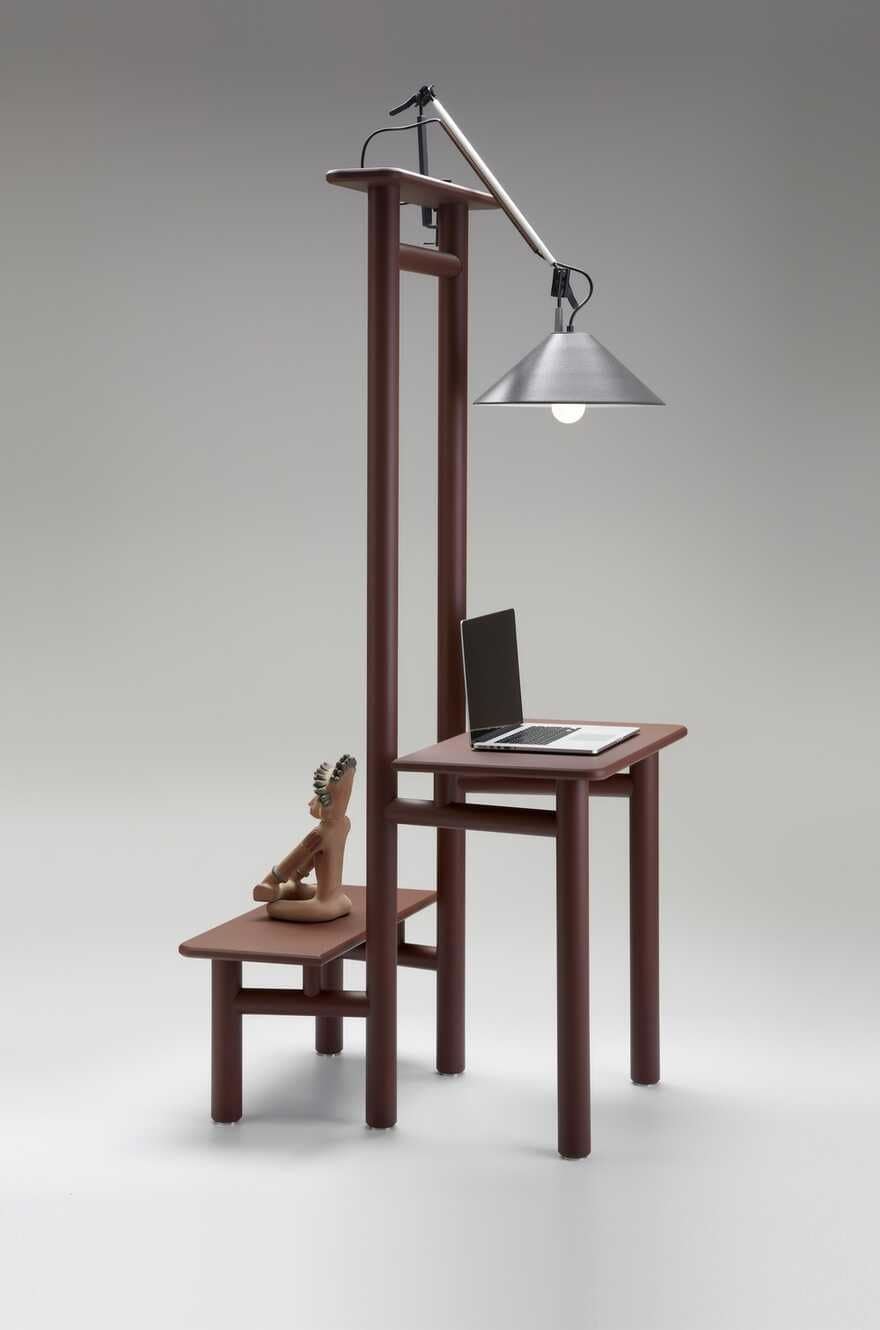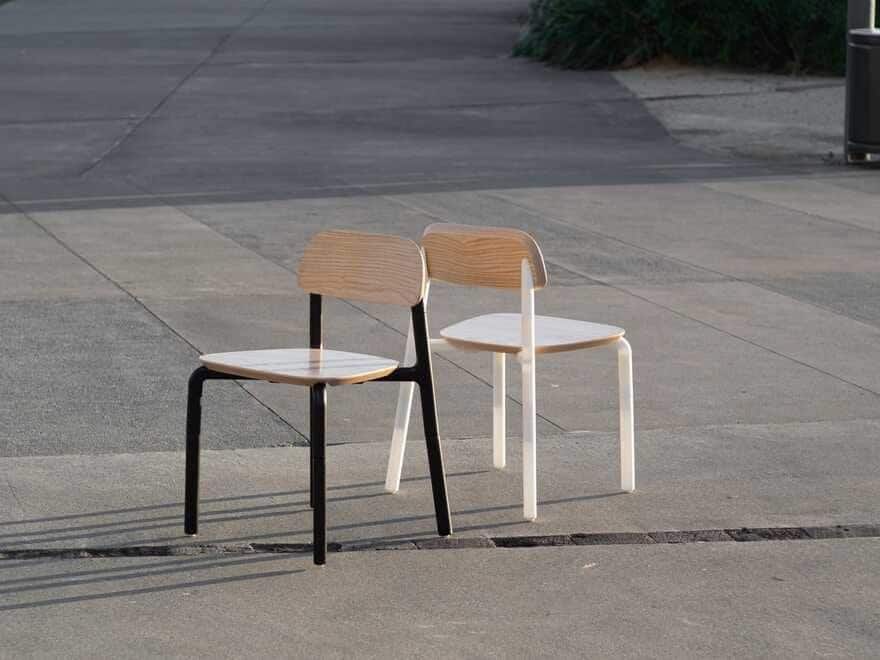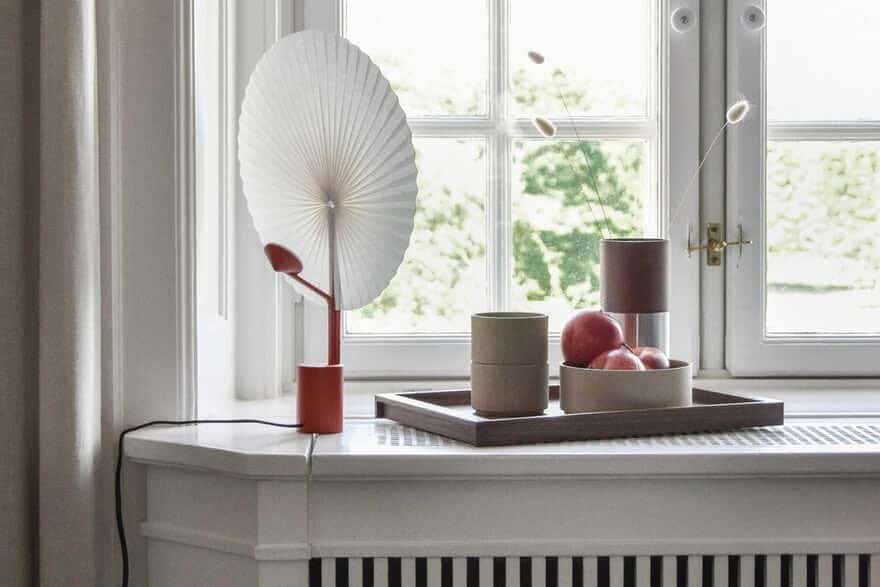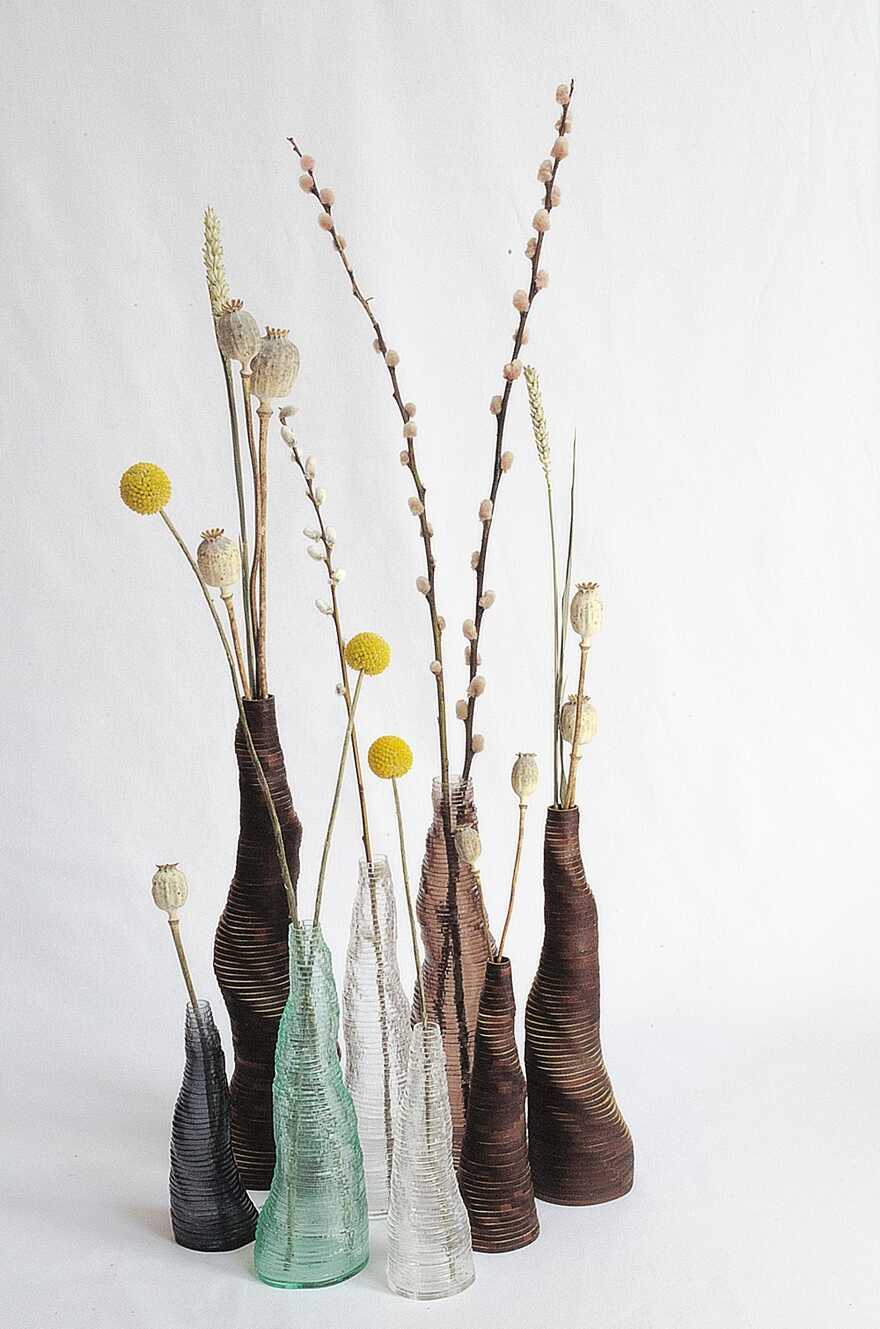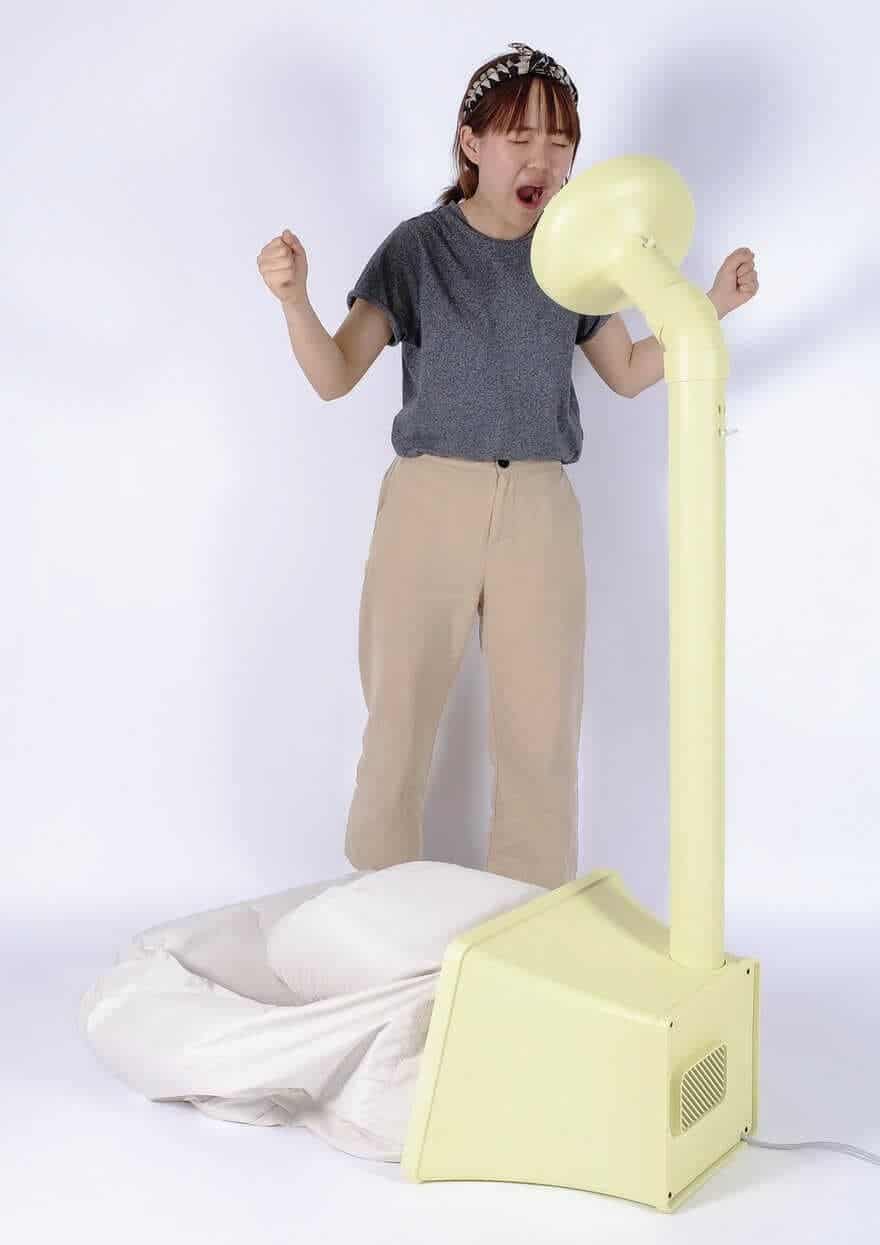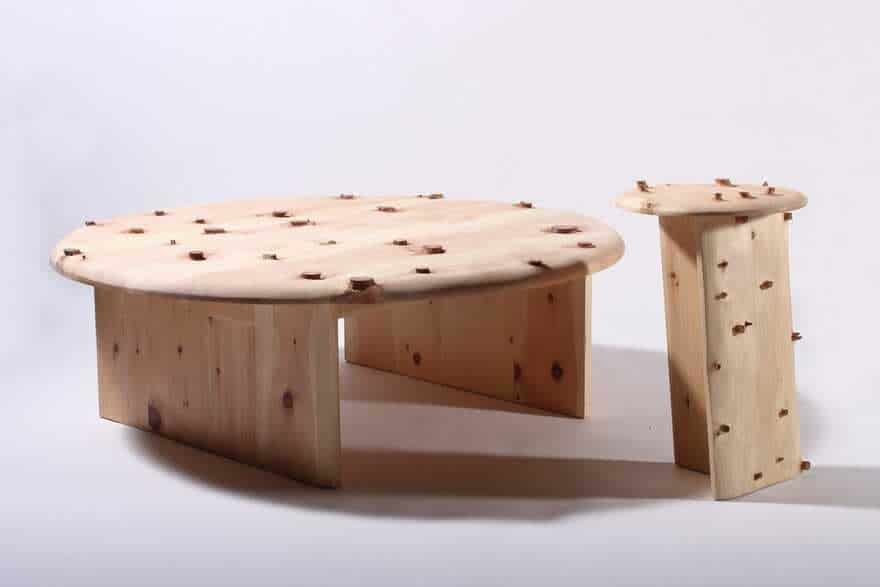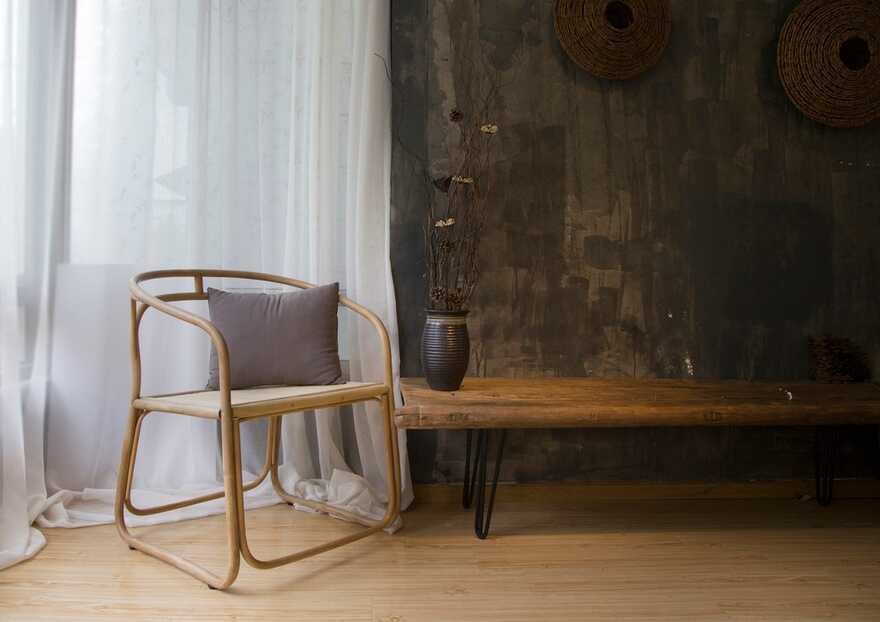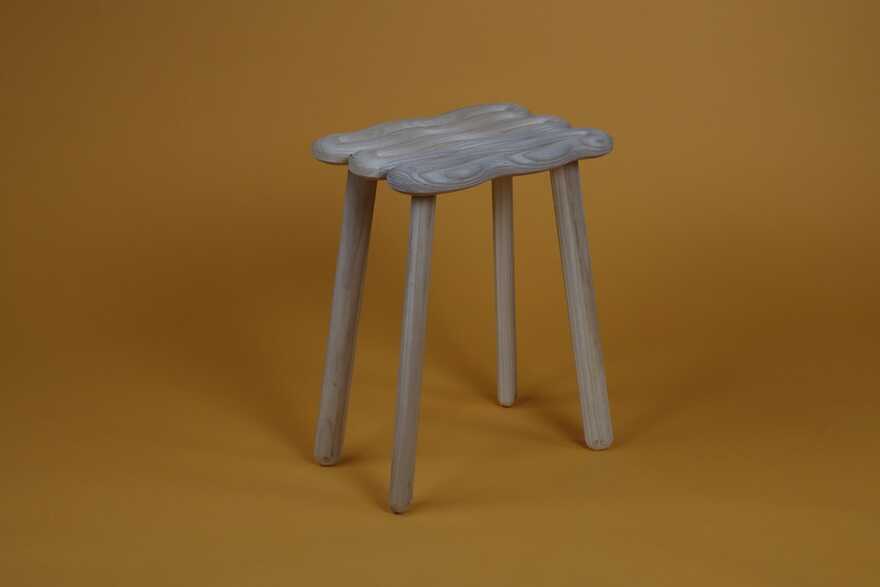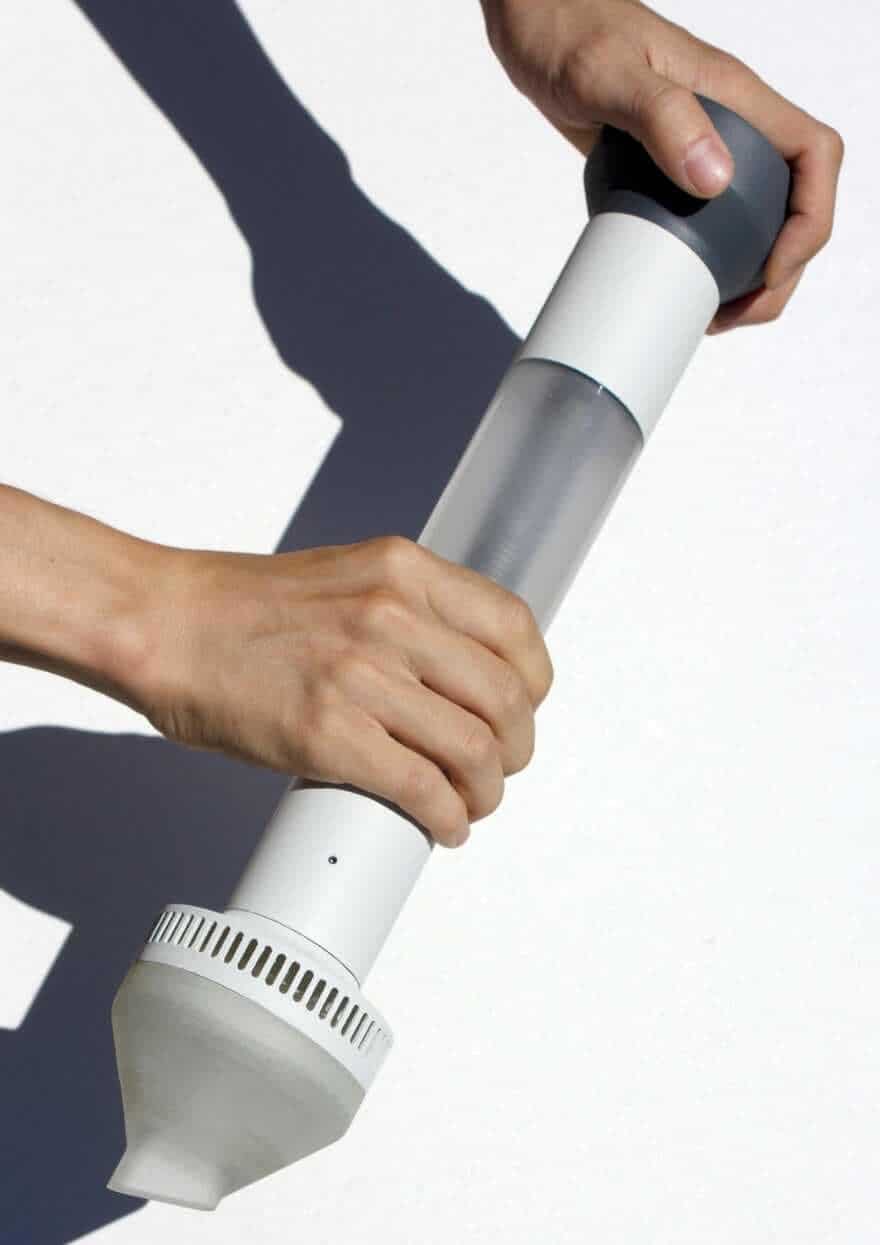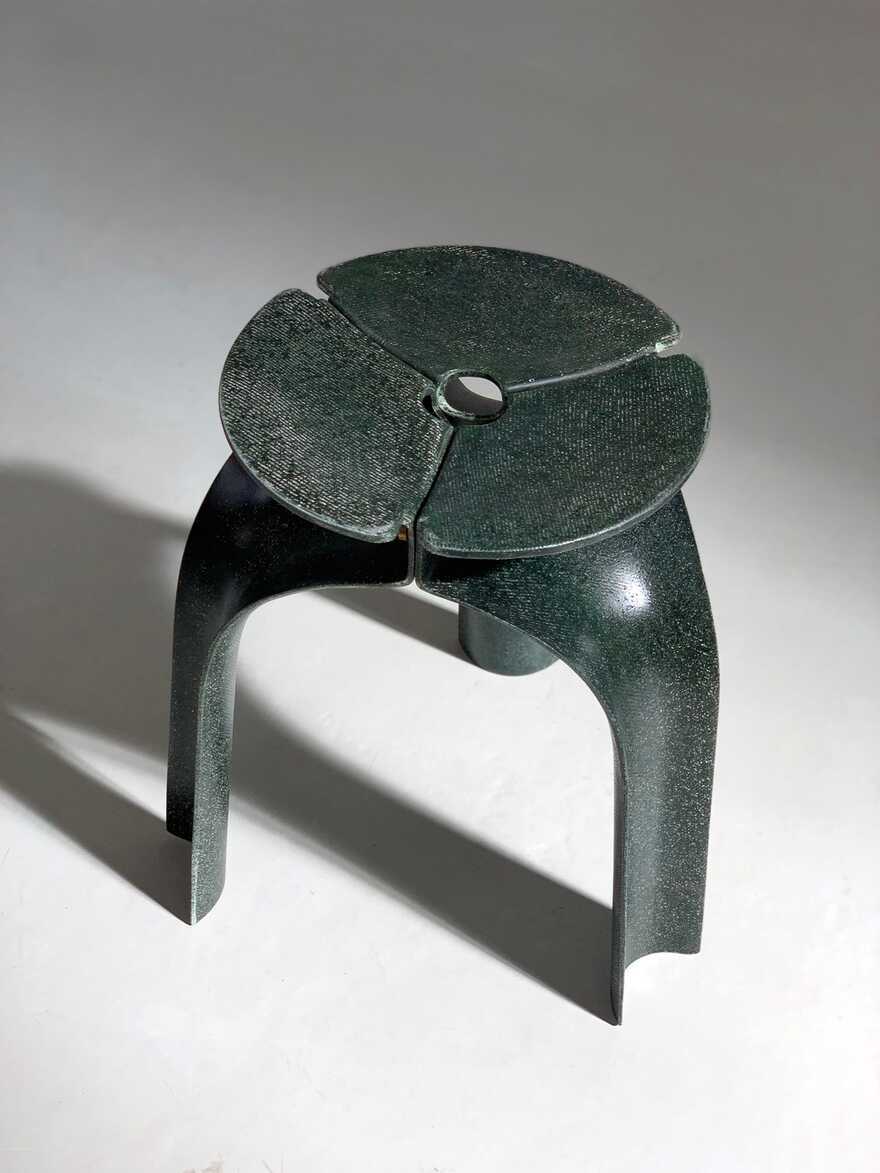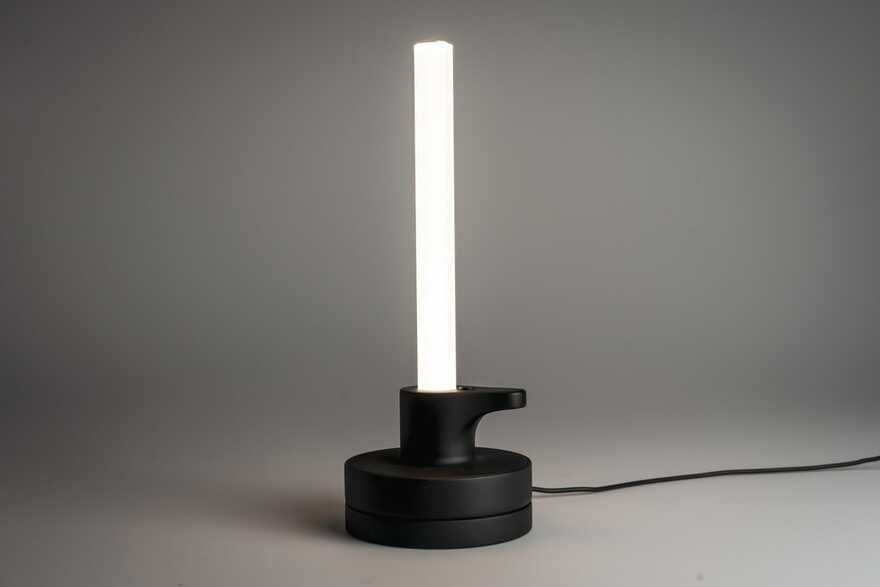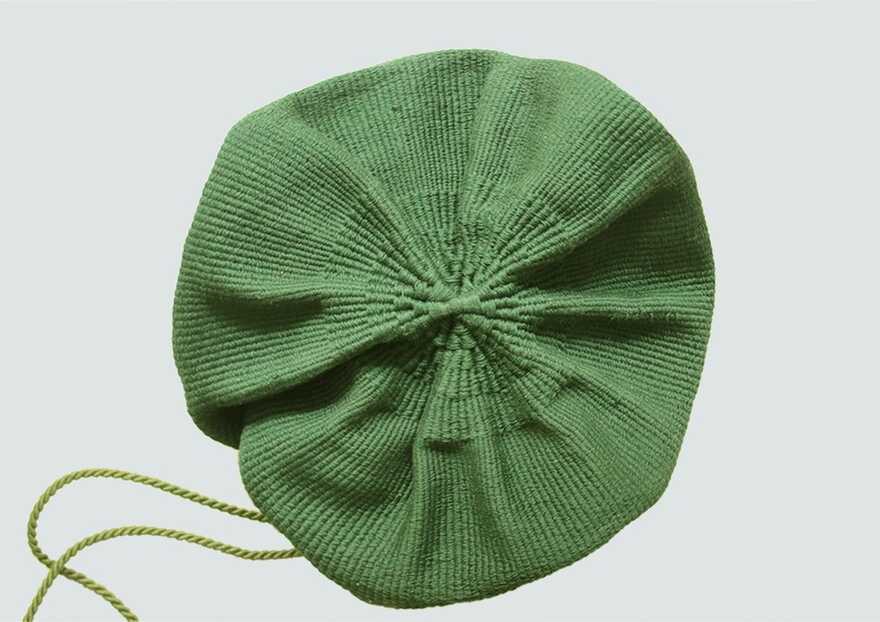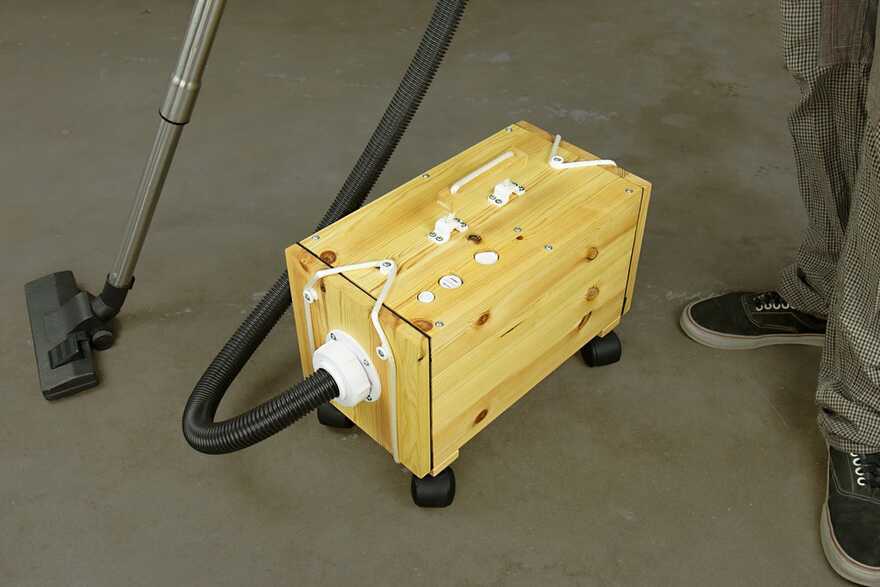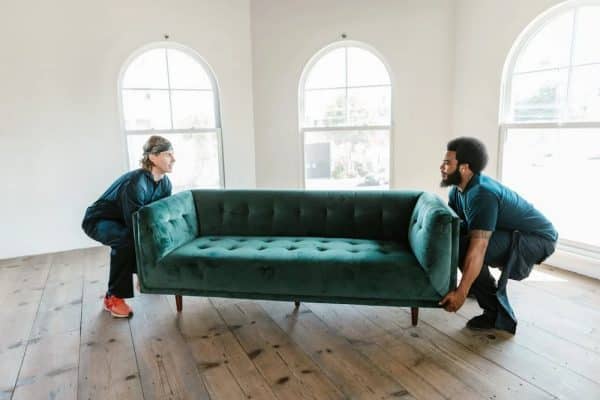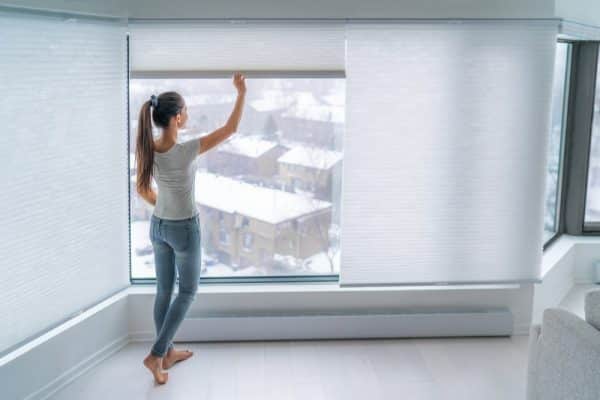Design means making things easier (and, where possible, more sustainable, too). This formula could be used to describe the common approach taken by the young creative minds whose designs have been shortlisted for imm cologne’s 17th Pure Talents Contest. Intelligent, sustainable, original and also beautiful to look at – these are the 20 best entries to imm cologne’s competition for up-and-coming designers. In January, they will be on display in the special exhibition at the Interior Business Event in Cologne.
With their design solutions, the young designers have addressed climate change or developed multifunctional ideas for changing living circumstances. The prototypes presented in person by the designers range from an open-source vacuum cleaner to a collection of vases made of 100% recycled acrylic through to multifunctional tables and workstations. The Pure Talents Contest showcases 20 ideas for the lifestyles of tomorrow.
With 862 products submitted from 59 nations, Cologne’s competition for the next generation of designers is set to reaffirm its international reputation. The competition, promoted and organised by Koelnmesse for what is now the 17th time, is specifically aimed at designers who are still studying or have recently completed their education. It is one of the world’s most prestigious international contests for young design.
Levi by Marie Kurstjens and Iva Coskun
Levi: the worktable reimagined. The centrepiece of the design is the joint. The continuous range of adjustments at any angle enables the universal use of very different tabletop sizes and shapes. Levi is mobile, lightweight, intuitive, and can be assembled and disassembled without tools. Folded flat, the X-base is a space-saving design for easy stowing and, flat-packed, keeps storage and transport costs down.
Photo credit: Marie Kurstjens, Iva Coskun; Koelnmesse
JoJo by Sofia Souidi
JoJo is a lamp that is wound up by a string and emits a bright, warm light. Within a short period of time, the light becomes dimmer before it goes out. The idea for the project is that the change in light can create a sense of time. The playful interaction of the pulling to turn the light on is reminiscent of a yo-yo, or “Jo-Jo” in German, and gives the lamp its name and its shape.
Photo credit: Sofia Souidi; Koelnmesse
SoftShelf by Peter Otto Vosding
SoftShelf is a minimalist shelving system. Upholstered walls with functional stitching details form the frame for shelves, drawers and many other elements. These features make the shelving system a universal product for furnishing the most diverse spaces. It creates an inviting atmosphere while naturally also assuming the function of acoustic elements.
Photo credit: Peter Otto Vosding; Koelnmesse
PIPE-LINE by Peter Otto Vosding
PIPE-LINE is an extending table whose mechanism serves as the central design feature. Two pipes flow into each other akin to a telescopic rod and function simultaneously as the extending mechanism and frame. The visible screws in the sides and the demonstrative display of all the functional parts make PIPE-LINE a unique extending table. The colouring indicates the table’s function and highlights the parts to be moved.
Photo credit: Peter Otto Vosding; Koelnmesse
Binomio by Giuseppe Arezzi
Binomio is a hybrid piece, a two-sided object consisting of three simple shelves placed at different heights from the floor. It is multifunctional: it can be used as a desk or as a wardrobe, but can also be a table for dining alone, a bench to take off your shoes, a hanger, a bedside table, a bookshelf, an altar or a prie-dieu, as well as a support for any type of object. Binomio is made of solid, lacquered beech wood.
Photo credit: Studio Giunta; Giuseppe Arezzi; Koelnmesse
CLICK by Will Cook
Inspired by his own frustration with being unable to afford high quality designer furniture, Will set out to design a quality product that is accessible to young professionals and students. CLICK is foremost a joinery system. The click-together joint enhances the user experience by eliminating the frustration of furniture assembly, leaving the user to appreciate the function and beauty of the piece.
Photo credit: Will Cook; Koelnmesse
Fold by Thalea Schmalenberg and Kasper Friis Egelund
Inspired by the simple shape of a paper fan, Fold combines the familiar accessory with a contemporary light solution. By unfolding and placing the paper shade into the aluminium stand, the table lamp enhances this pleasant yet playful interaction between subject and object. Fold contrasts paper and metal, traditional craftsmanship and industrial design, hereby finding an aesthetic balance between feminine and masculine connoted materials.
Photo credit: Thalea Schmalenberg, Kasper Friis Egelund; Koelnmesse
Stratum Tempus by Daan De Wit
Stratum Tempus is a vase collection based on a self-developed, ecological and material-conscious technique. By laser-cutting sheet material such as 100% recycled acrylic or bamboo into concentric, thin layers, conical and organically shaped objects are created with less material and almost no waste. The spiral shape creates a natural elegance. As a result, they have no facade and are changeable when moving, creating a dynamic experience in space.
Photo credit: Daan De Wit; Koelnmesse
Aspirator by Qing Deng
Using yelling to make a seat for reducing negative emotions: People who suppress emotions are prone to mental illness. The Aspirator venting machine is a psychological vacuum cleaner that helps people vent negative emotions. When people are unhappy, shouting or saying something to the Aspirator will make the airbag inflate. In the end, people can create a seat made from their own negative emotions and relax in it to find solutions to their problems.
Photo credit: Qing Deng; Koelnmesse
According to the Grain by Sho Ota
Wooden seats for appreciating the materiality of wood: This project highlights the quality of a wood knot, the character of which is often treated as a defect and neutralised in industrial processing. By chiselling down 12mm from a flat surface and chiselling out the knots, its three-dimensionality and texture are enhanced and its unique materiality becomes palpable to the casual viewer. The surface can now reveal more secrets and help the user imagine what this material once looked like in its natural state.
Photo credit: Sho Ota; Koelnmesse
Uion by Da Zeng
Explore and create a kind of Oriental style using the universal language of design: The appearance revolves around the shape structure of the letter “U” and suggests the shape of traditional Oriental armchairs, highlighting a sense of rhythm between straight lines and curves. In terms of material technology, the rattan of different thicknesses is made with a hot bending process, and all the unnecessary structural parts of the seat are removed, so that the use of materials is minimised, showcasing a simple and quiet, natural beauty.
Photo credit: Da Zeng; Koelnmesse
Skilja by Nelita Olsson
A flexible wall for a flexible home: The household has gone through big changes over time, and as we move into the future, flexibility might become a greater need. Skilja was created to support this future flexibility. Skilja is a modular wall, and with rods, joints and fabric, you can mount it to facilitate the current needs of your home.
Photo credit:
Nelita Olsson; Koelnmesse
Udon Stool by Anton Mikkonen
The Udon Stool is made of solid ash wood and has unique aesthetics acquired with a 2D CNC machine. The clever use of the router bit enables the distinctive shape of both the seat and the legs. The stool is constructed from a total of five pieces, which are cut out with a CNC machine, resulting in a highly efficient manufacturing process. The stool aims to create a sense of playfulness using traditional materials and modern manufacturing techniques.
Photo credit: Anton Mikkonen; Koelnmesse
OMIT by Hiroyuki Morita
OMIT is a non-electric vacuum cleaner that works by small action. It does not have the same power as a conventional vacuum cleaner but works silently and is handy. It can be used at any time of the day and in any place without electricity. The idea was inspired by my own daily life. Living with flatmates, I usually cannot use the vacuum cleaner on weekdays because of the noise. With OMIT, life can be less noisy and handier by omitting electricity.
Photo credit: Hiroyuki Morita; Koelnmesse
Triplex Stool by Whitnie Yvette Lau and Dennis Cheung
Triplex is an experimental item of furniture that pushes the physical limits of a stool, from structure, weight and dimensions to assembly, delivery and after-life. It is unprecedented in the industry. The module is made of flax fibre, one of the strongest natural cellulose materials. Designed with a strategically curved geometry, the less than 3mm thick stool stands elegantly on its arches and embraces the weight it carries.
Photo credit: Whitnie Yvette Lau, Dennis Cheung; Koelnmesse
CURTAIN by Wing Yin Ng
A modular space divider design based on the exploration of curves and structures. The shape was inspired by and expresses the energetic flow of sea waves, which is natural and boundless. This is done by connecting the arches in different directions to create a wavy frame that looks like a curtain. The structure allows unlimited extension lengths and changes of direction. CURTAIN, the distorted frame makes it possible to look at space from a different perspective.
Photo credit: Wing Yin Ng; Koelnmesse
Efterlyst by Moa Lundfeldt and Gustav Rossander
Efterlyst is a stationery area light that can function as a mobile light source for improving quality of life for people that are temporarily off the grid. The lamp continues to illuminate during a power outage due to its integrated battery. The charging station and lamp are designed as a unit, encouraging the user to connect the two again after usage to ensure that the battery is always charged.
Photo credit: Moa Lundfeldt, Gustav Rossander; Koelnmesse
Flow Chair by Filip Lenarcik
Flow Chair reinvents well-known flat-pack furniture. It consists of four main elements and eight joints. Assembly is fast and intuitive. It can also be reassembled multiple times without sacrificing strength. Flow shows that flat-pack furniture doesn’t need to be frustrating and of low quality. It can also offer a timeless look, honest materials and durability. Details, such as brass joints, are made by hand, which gives the chair a unique character.
Photo credit: Filip Lenarcik; Koelnmesse
Braided Weave by Sofie Leenen / Pure Talents Contest
Handmade, braided, woven carpet that can transform into a basket: This project started as an investigation of the similarities between textile weaving and basket braiding. The constructions of the techniques differ greatly, and each technique has its own characteristics of complexity and identity. The carpet has a flat surface with a circular contour. A rope is pulled through the loops at the ends. When the rope is pulled, the contour of the circle comes together as a 3-dimensional shape.
Photo credit: Photo: Sofie Leenen; Koelnmesse
Tenok by Tim Krahmer / Pure Talents Contest
An open source vacuum cleaner that you can build yourself: More than half of all vacuum cleaners are functional when they are thrown away. A waste? Absolutely – but also an opportunity to make something useful again from what appears to be rubbish! By means of a 3D-printed adapter, Tenok can be equipped with used vacuum cleaner parts from nearly all manufacturers. The detailed online construction manual is designed to encourage even people without technical expertise to make one.
Photo credit: Tim Krahmer; Koelnmesse





